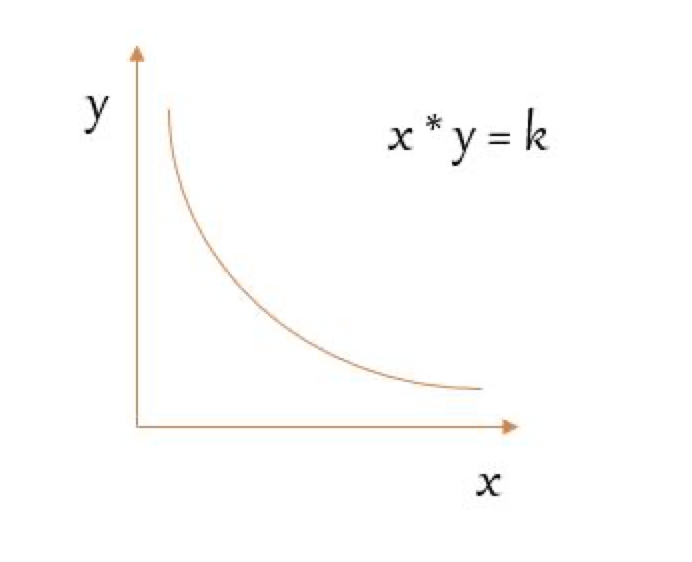What Is an Automated Market Maker
AMMs use liquidity pools, where users can deposit cryptocurrencies to provide liquidity. These pools then use algorithms to set token prices based on the ratio of assets in the pool. When a user wants to trade, they swap one token for another directly through the AMM, with prices determined by the pool's algorithm.
Automated Market Maker (AMM) Model
Constant Product Formula:
RunesDeX utilizes a simple mathematical formula:
x * y = kWhere x represents the quantity of BTC, and y represents the quantity of Runes tokens in a liquidity pool, with k being a constant. This formula ensures that the product of the token quantities remains constant during trades.

No Order Book:
Unlike traditional exchanges that rely on order books to match buyers and sellers, RunesDeX facilitates trades directly against the liquidity pool, providing a decentralized and permissionless trading experience.
Slippage
Slippage occurs when the actual price you get for a trade is different from the expected or quoted price. It often happens in situations of high market volatility or low liquidity. If you want to buy or sell an asset at a specific price, but the market conditions change before your trade is executed, you might end up with a slightly different price than you anticipated. Slippage can result in a higher or lower cost for your trade than you initially planned.
Impermanent loss
Impermanent loss is a term used in liquidity provision. When you provide liquidity to a pool by depositing two different assets, the value of your assets can change over time due to price fluctuations. Impermanent loss occurs when the value of your assets in the pool is less than if you had simply held those assets without providing liquidity. It's "impermanent" because the loss can decrease or disappear as the prices of the assets change.
Detailed about impermanent loss
Price impact
Price impact refers to the effect a large trade has on the price of an asset in a market. When someone buys or sells a significant amount of an asset, it can cause the price to move in the direction of the trade due to the imbalance in supply and demand. The larger the trade relative to the overall liquidity in the market, the greater the price impact. Price impact can lead to higher or lower prices depending on whether it's a buy or sell order.
